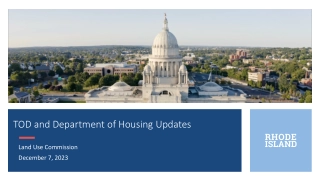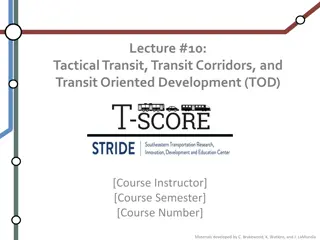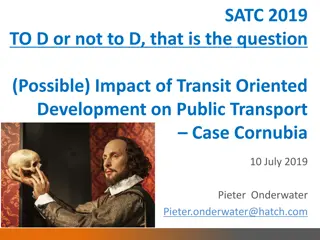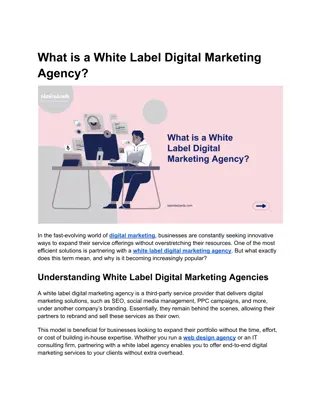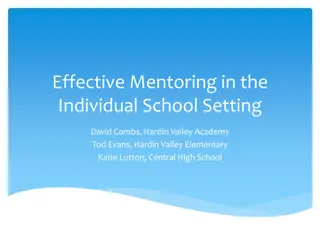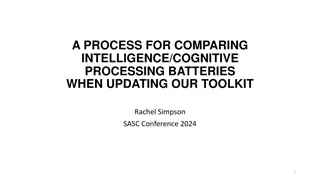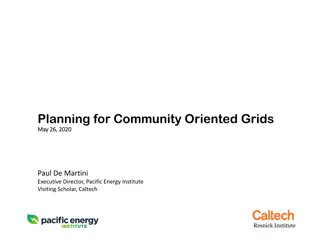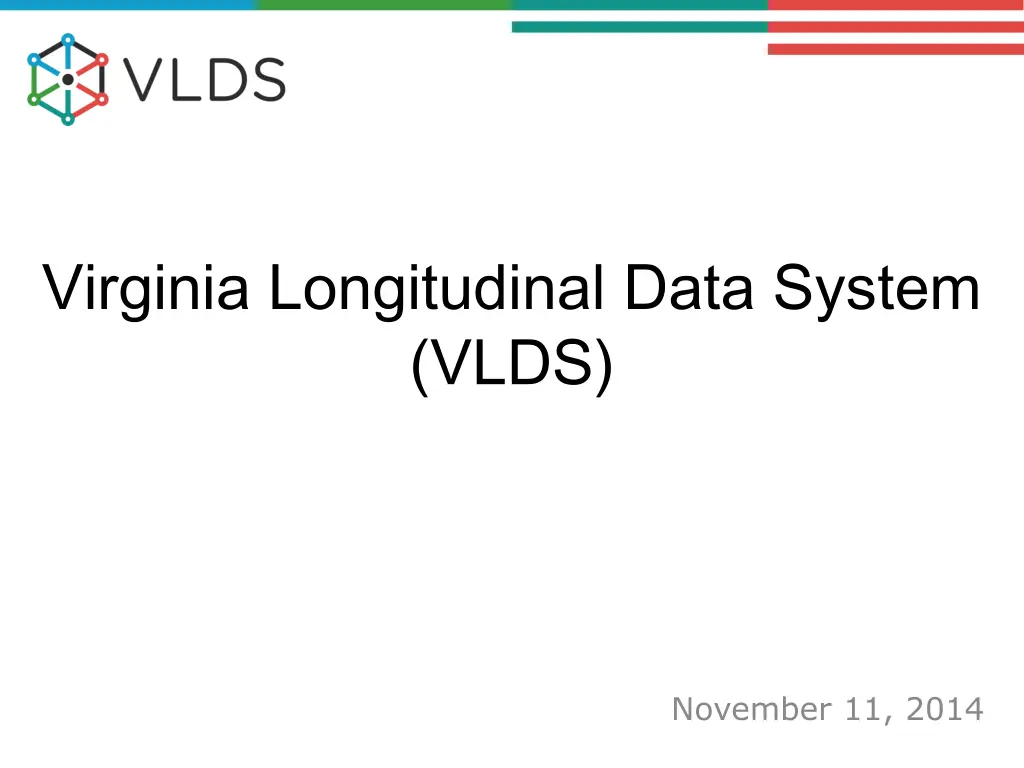
Virginia Longitudinal Data System (VLDS) Overview
Explore the Virginia Longitudinal Data System (VLDS) established to share and analyze data across executive branch agencies in Virginia. Discover its background, partners, burning questions, and focus areas to improve education and workforce development.
Download Presentation

Please find below an Image/Link to download the presentation.
The content on the website is provided AS IS for your information and personal use only. It may not be sold, licensed, or shared on other websites without obtaining consent from the author. If you encounter any issues during the download, it is possible that the publisher has removed the file from their server.
You are allowed to download the files provided on this website for personal or commercial use, subject to the condition that they are used lawfully. All files are the property of their respective owners.
The content on the website is provided AS IS for your information and personal use only. It may not be sold, licensed, or shared on other websites without obtaining consent from the author.
E N D
Presentation Transcript
Virginia Longitudinal Data System (VLDS) November 11, 2014
Background Funded by USED through 2009 ARRA Grant Design/development 2010-2013 Live - September 2, 2013 Establishes an integrated system for the sharing and analysis of data across executive branch agencies Consistent with federal and state statutes and regulations Video
Partners / Data Providers Department of Education State Council on Higher Education Virginia Employment Commission Virginia Community College System Department of Social Services Department of Aging and Rehabilitative Services (in process) Department of Labor and Industry (2015?) VLDS is extensible to allow for additional Partners to share and merge their data. 3
The Burning Questions How can Virginia improve high school graduation rates while increasing students' preparation for college and careers? How can Virginia improve the preparation, recruitment, and retention of Virginia's educational personnel, including their meaningful and ongoing professional development, especially in teacher shortage areas and in hard-to-staff schools? How can Virginia improve performance of the public workforce system? By what means can Virginia's public workforce development system meet the needs of job seekers/workers and employers?
DSS Burning Questions How does participation in public assistance programs (e.g. child care, WIC, Head Start, SNAP, TANF, Medicaid) in Virginia impact school readiness, school achievement, health, family cohesion, future employment, and wages? What is the return on investment from public assistance programs in Virginia? Are there patterns that suggest different program delivery models that may yield greater effectiveness or cost savings? What are the most critical health, safety, and community factors that contribute to children s school readiness and school achievement? What factors in the life of a foster care child have the greatest impact on school achievement and later mental, physical, and financial health? How does investment in early childhood health and education impact future need for and cost of public assistance? How many child care providers who participate in Virginia s Child Care Provider Scholarship Program go on to obtain an associate or bachelor s degree in early childhood? What factors contribute to the success of TANF (Temporary Assistance for Needy Families) recipients after leaving the program. In particular, are those participating in TANF work skills training programs employed and earning a living wage one or two years after completing the program? Which work skills programs have the greatest success rates?
VDOE/SCHEV Data Insights Persistence and college graduation is linked to high school achievement CTE completers who earned Advanced Studies diplomas had the highest average wages three-months after graduating with a Bachelor s degree We can predict students at risk of not being successful in school 7
State-Level Program Scorecard (September 2014)
Closing Comments VLDS is a powerful tool for linking data and studying outcomes over time. SCHEV has over 20 years of student- level data to inform policy. No other state publishes the detail, nor provides the flexibility in use, that SCHEV does.


